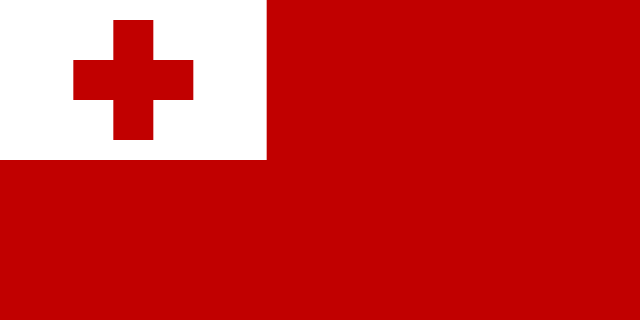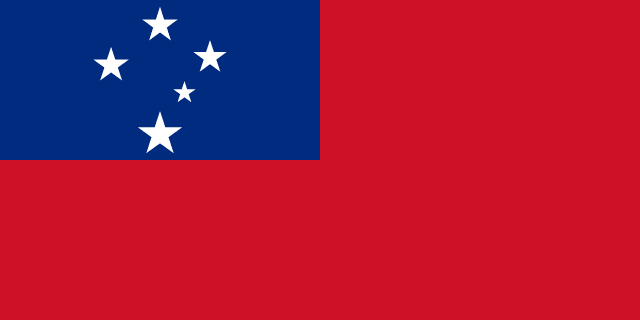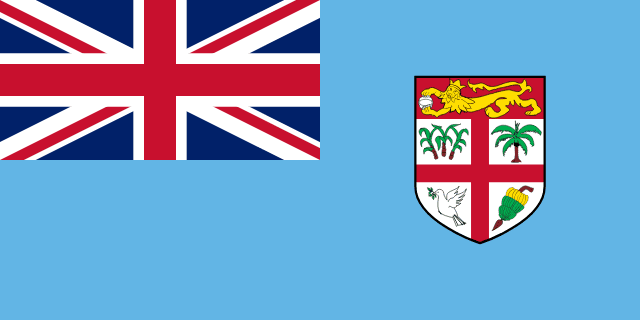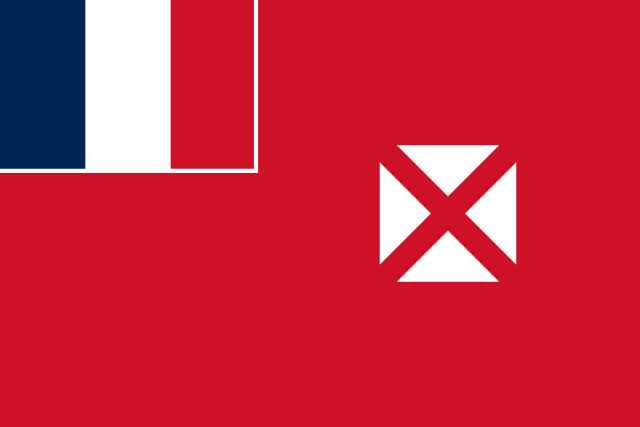Country Information
| Sovereign State | No (Territory of France) |
| Country Codes | WF, WLF, 876 |
| Official Name | Territory of the Wallis and Futuna Islands |
| Continent | Oceania |
| Capital | Mata-Utu |
| Government Type | French Overseas Collectivity |
| Currency | CFP Franc (XPF) |
| Calling Code | +681 |
| Member Of | N/A (Overseas territory of France) |
| Population | Approximately 11,500 (2023 estimate) |
| Total Area | 142 square kilometers |
| Highest Point | Mont Puke (524 meters or 1,719 feet) |
| Lowest Point | Pacific Ocean (0 meters) |
| GDP Per Capita | N/A |
| Life Expectancy | N/A |
| Internet TLD | .wf |
Wallis and Futuna National Anthem
La Marseillaise (The National Anthem of France)
Arise, children of the Fatherland,
The day of glory has arrived!
Against us, tyranny’s
Bloody banner is raised, (repeat)
Do you hear, in the countryside,
The roar of those ferocious soldiers?
They’re coming right into your arms
To cut the throats of your sons, your women!
To arms, citizens,
Form your battalions,
Let’s march, let’s march!
Let an impure blood
Water our furrows! (repeat)
Flags of Neighboring Countries



History of the Wallis and Futuna Flag
The flag of Wallis and Futuna, being a French overseas collectivity, is primarily the flag of France. The national flag, known as the Tricolor, consists of three vertical bands of blue, white, and red. The history of the Tricolor dates back to the French Revolution in the late 18th century, symbolizing liberty, equality, and fraternity – the core values of the French Republic.
In addition to the French Tricolor, Wallis and Futuna also use a local flag. This flag is a red field with a white cross and four symbols in each quadrant, representing the kingdom’s three traditional kingdoms and the French territory. The flag represents the unique cultural identity of Wallis and Futuna, intertwining its traditional Polynesian heritage with its status as a French territory.
The local flag is a testament to the island’s rich history, marked by the interplay of indigenous cultures and European colonial influences. Established in recent decades, this flag serves not just as a symbol of local governance but also as an emblem of the islanders’ pride in their distinct cultural and historical identity. Despite the absence of official recognition from the French government, it is widely used in local ceremonies and official events on the islands.

